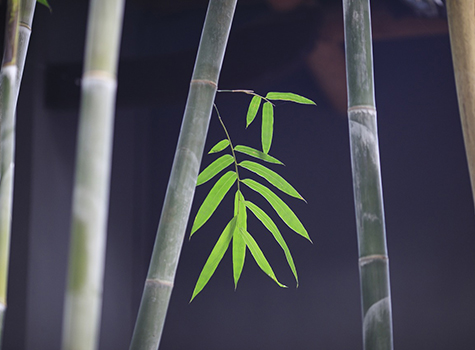
Folk dances always have a marvelous way of lifting our spirits with their rhythms and brilliant costumes. These dances are usually performed in groups to showcase the social nature of such dance forms.
Displaying no inclination towards a rigid form, the whole depiction of Gujarati folk art is guided more by the subject of the songs that glorify nature and its seasons, or express traditional occupations or in praise of deities. This untutored quality is very refreshing and charming.
In Gujarati folk dance tradition we find the true urge of the people in general that has come down through the ages by way of actual performance and remembrance of song and motif. These traditions maintained oral traditions. Its survival was unsupported by the written word, and was stabilized because of its tremendous sociological impact and basis. Through these arts, customs and traditions have been established. People were brought together to celebrate life in its many forms. I will give a brief description of three most famous folk dances from Gujarat.
Garba:
Garba dance has originated in Surashatra, in the state of Gujarat in Western India. It is believed that they can trace the origin of Garba back to the time of Lord Krishna, who has ruled in this part of the country for nearly 100 years. Traditionally, as people celebrate the festival called Dasera, preceded by a nine-day celebration called Navaratri, villagers express their gratitude at the end of the monsoon rains with song and dance in which women, men, girls and boys join in joyfulness. Village girls carry decorated pitchers and pots of clay and they go from house to house, dancing “Garbi.” The ornamented pot containing offerings is hung at the doorways.
It looks beautiful, as the women worship Amba Mata, giver of plenty and prosperity move in circular direction, singing at the same time measure by clapping their palms or snapping their fingers, to the accompaniment of folk instruments.
Tippani:
The Tippani folk dance has a unique purpose. This is danced by the women workers in construction. They strike to flatten the clay floors with long sticks called Tippani. They sing and beat it to the rhythmic patterns to overcome the exhaustion from the difficult workload.
Raas:
There are several forms of Raas, but “Dandiya Raas” performed during Navaratri in Gujarat is the most popular form. In Dandiya Raas men and women dance in two circles, with short sticks in their hands.
The Dandiya Raas dance originated in Goddess Durga’s honor. This dance form is actually the staging of a mock-fight between Goddess Durga and Mahishasura, the mighty demon-king. This dance is also nicknamed “The Sword Dance.” The sticks of the dance represent the sword of Goddess Durga.
The origin of these dances can also be traced back to the life of Lord Krishna where he danced with his beloved Radha and many of his devotees or Gopikas in the gardens of Brindavan.
I will attempt to describe the actual dance movements. Forming into squares or circles, hitting their sticks crisscross, they advance and move round and round, clapping their sticks up in front and below, as they bend to the right and left. Suddenly they move backwards and forwards, turning towards the other and beating their stick side ways and in the center. Then they leap forward on the toes, stepping back and thus making many attractive and complicated patterns.
There are different styles of executing dandiya steps like Dodhiyu, simple five, simple seven, popatiyu, Trikoniya (hand movement which forms an imagery triangle), Lehree, three claps, butterfly, hudo, two claps and many more. This is a very high energy dance requiring talent to handle sticks while dancing, twirling, hopping and so on.
Popularity of this folk dance has spread all over the world. Many young men and women love to dance for hours to this music during festivals. I know that for sure as my students come to the classes with blisters on their feet.
With national consciousness of the arts growing from day to day, many of these beautiful expressive dances are coming to urban and international audiences and being received with enthusiasm and success they deserve. Now there is more demand for precise movements, coordination among dancers, formations, costume color combinations, exotic jewelry, music with heavy drumming and other percussions etc. Many local organizations host local, regional, state and national competitions of these dance forms. These dancers look beautiful as they sing and sway in their wide sweeping ghagras (skirts), and brightly decorated cholis (blouses) and odhnis (scarves).
I am not sure if we are just taking these folk dances to another level or are we losing the freedom these dances provide to enjoy and participate without any formal training. However, I do see communities coming together to just have fun. It is wonderful to see that these dance forms are still a large part of our social interaction among all ages.
For the upcoming 13th Anniversary of Dances of India on April 25 at CPCC’s Halton Theater in Charlotte, we will celebrate the richness of Gujarati community and culture by performing many of these dance styles. We will also tell folk stories through other international dance traditions. Please join us as we explore the richness of our cultural traditions. For tickets visit: tix.cpcc.edu
Posted: Tuesday, March 3, 2015



